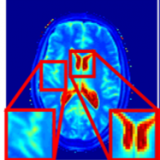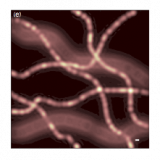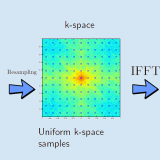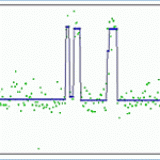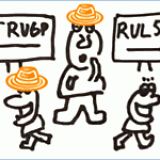The use of photo-activated fluorescent molecules to create long sequences of low emitter-density diffraction-limited images enables high-precision emitter localization. However, this is achieved at the cost of lengthy imaging times, limiting temporal resolution. In recent years, a variety of approaches have been suggested to reduce imaging times, ranging from classical optimization and statistical algorithms to deep learning methods. In this software, we combine a recent high-performing classical method, SPARCOM, with model-based deep learning, using the algorithm unfolding approach which relies on an iterative algorithm to design a compact neural network considering domain knowledge. The resulting network, Learned SPARCOM (LSPARCOM), requires far fewer layers and parameters, and can be trained on a single field of view. Nonetheless it yields comparable or superior results to those obtained by SPARCOM with no heuristic parameter determination or explicit knowledge of the point spread function, and is able to generalize better than standard deep learning techniques.








